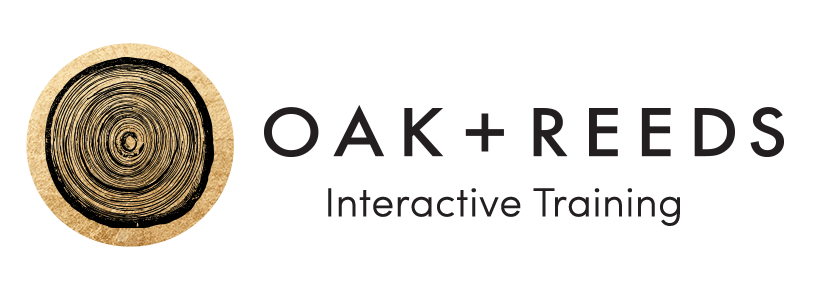Social identity comes in many forms, and shows up for everyone in different ways on different days. I’ve found that one of the most helpful tools for discussing personal identity in my manager training workshops is the “social identity wheel”, a visual aid that displays the various identifying characteristics a person might feel about themselves at a given time.
For the same person, different aspects of the wheel might feel more salient (or at the surface) in some settings, while in other environments, they might be less top of mind.
For example, when I’m facilitating in a room full of C-suite executives 20 or 30 years older than me, my age is always top of mind. However when I'm teaching to international groups where English isn’t the first language of the majority of the audience, my own language ability and national origin are at the forefront for me. Whether you feel part of the “in-group” or “out-group” can also affect which parts of your identity are most “top of mind” to you at a given time.
This all leads me to the big question of the day - how do our identities show up differently when we’re working from home? I know that during the lockdown, it was clear to me that being a parent or caretaker was something that was very visible for many, having to manager childcare with kids at home and doing double (or triple) duty as a parent, teacher and worker had many work from home parents feeling completely overwhelmed.
Many other aspects of identity that were exciting and energizing to share with colleagues in the office have become harder to express in a remote work environment. Sharing one’s personality through fashion, body language or voice has been harder. Sharing religious holidays or traditions with colleagues through celebration, food or drink has also become harder to do.
But then again, the flip side is also true - target identities, “social identity groups that are positioned as targeted by oppression, to be disenfranchised, subordinated, exploited and/or otherwise harmed” may find that working from home grants some relief from harm. For instance, people with physical or mobility limitations don’t have to endure through challenging commutes, less-than accessible office buildings or conference rooms without adequate support.
How has your own conception of personal identity at your job changed while working from home? If you’re in a hybrid work situation, does your identity feel different on the days you’re in-person vs. the days you work from home? If you’re comfortable, please reply back to this email with your reflections, I’d love to hear them!








